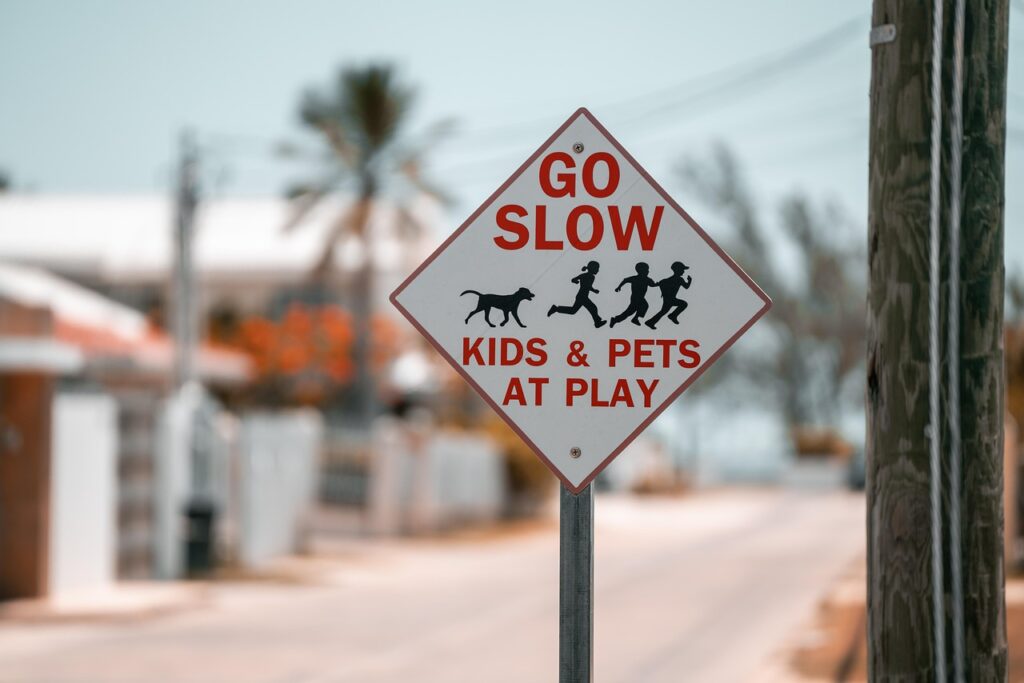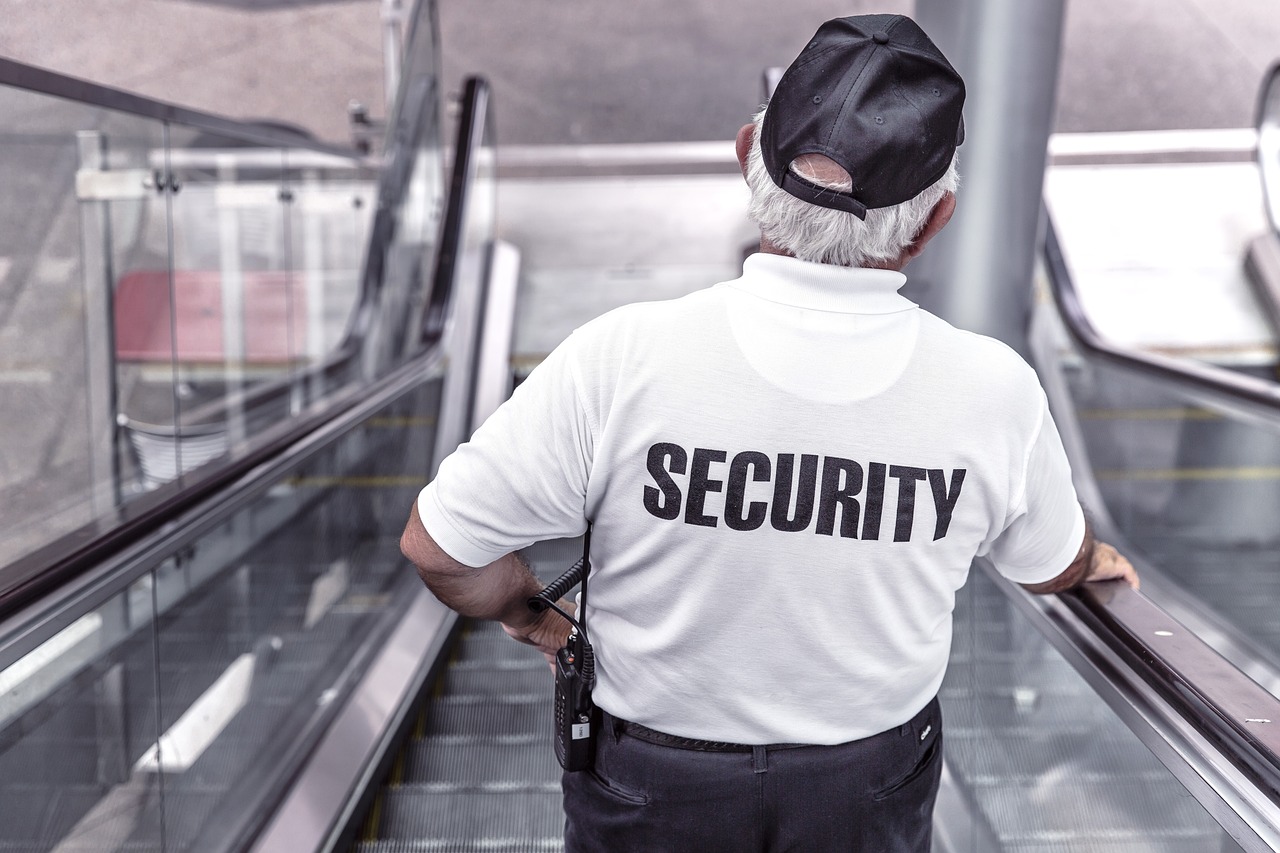Overall Safety Profile and Crime Statistics

Portland maintains a generally safe urban environment that compares favorably to other major American cities, making it an attractive destination for families and professionals considering relocation. Understanding the city’s safety landscape helps newcomers make informed decisions about where to live and work.
Crime Rate Comparisons: Portland’s overall crime rate sits below the national average for cities of similar size. Violent crime rates remain significantly lower than comparable metropolitan areas like Seattle, San Francisco, or Los Angeles. Property crime, while present in urban areas, follows patterns typical of Pacific Northwest cities and has shown declining trends in recent years.
Statistical Overview: The city experiences approximately 2.8 violent crimes per 1,000 residents annually, compared to the national urban average of 4.0 per 1,000. Property crime rates hover around 28 per 1,000 residents, which, while higher than national averages, reflect the urban nature of the city rather than exceptional safety concerns.
Trending Improvements: Recent years have seen investments in community policing, mental health services, and neighborhood safety programs that contribute to overall security improvements. The Portland Police Bureau has implemented data-driven approaches to crime prevention, focusing resources on areas with higher incident rates.
Emergency Services Response: Portland Fire & Rescue maintains excellent response times, with average emergency response under 6 minutes citywide. The city’s 911 system operates efficiently, and emergency medical services provide comprehensive coverage throughout the metropolitan area.
Safest Neighborhoods for New Residents

Choosing the right neighborhood significantly impacts personal safety and quality of life. Portland offers numerous safe, family-friendly areas that welcome newcomers and provide excellent community support systems.
Pearl District: This downtown neighborhood maintains some of Portland’s lowest crime rates due to high pedestrian traffic, excellent lighting, and active community engagement. The area features modern high-rise living with 24-hour security in many buildings, making it particularly attractive to young professionals and couples.
Hawthorne District: Known for its vibrant arts scene and walkable streets, Hawthorne offers excellent street safety through natural surveillance – busy sidewalks, well-lit streets, and active local businesses create a secure environment. The neighborhood’s strong community connections contribute to informal safety networks.
Northwest District (Nob Hill): This upscale area provides excellent personal safety through well-maintained streets, active business districts, and engaged residents. The neighborhood’s Victorian architecture and tree-lined streets create an inviting atmosphere while maintaining security through good urban design.
Southeast Division: Areas along Division Street have experienced significant revitalization, bringing improved lighting, increased foot traffic, and enhanced community policing. The neighborhood’s restaurant and entertainment district creates natural security through active street life.
Sellwood-Moreland: This family-oriented neighborhood offers suburban safety within city limits. Strong neighborhood associations, good schools, and active community engagement create an environment where residents look out for each other.
Ladd’s Addition: Portland’s oldest planned neighborhood features unique street patterns that slow traffic and create intimate community spaces. The area’s historic character and engaged residents contribute to above-average safety levels.
Community Safety Initiatives and Support Systems
Portland’s approach to public safety extends beyond traditional policing to include comprehensive community support systems that address root causes of crime and build stronger neighborhoods.
Neighborhood Watch Programs: Active neighborhood watch groups operate throughout Portland, creating networks of residents who communicate about safety concerns and work together to prevent crime. These programs have proven particularly effective in residential areas, where community engagement translates directly into improved security.
Community Policing Efforts: The Portland Police Bureau emphasizes community policing strategies that build relationships between officers and residents. Regular community meetings, foot patrols in business districts, and collaboration with local organizations help maintain public safety while building trust.
Mental Health Crisis Response: Portland Street Response teams provide specialized mental health crisis intervention, reducing emergency situations and connecting individuals with appropriate services. This innovative program addresses many situations that previously required police response, improving outcomes for vulnerable populations.
Youth Programs and Prevention: Extensive youth programs throughout the city provide alternatives to at-risk behaviors. Community centers, sports leagues, arts programs, and mentorship opportunities help young people develop positive community connections and life skills.
Business District Security: Downtown and neighborhood business districts maintain private security coordination with public safety agencies. Business improvement districts fund additional security measures, lighting improvements, and clean-up efforts that enhance overall safety.
Transportation Safety and Infrastructure

Safe transportation options significantly impact daily life quality, and Portland’s comprehensive approach to transportation safety makes it easier for residents to move around the city securely.
Public Transit Security: TriMet, Portland’s transit agency, maintains security personnel on MAX light rail lines and major bus routes. Transit stations feature good lighting, emergency call boxes, and regular security patrols. The system’s reliability and extensive coverage reduce the need for late-night walking in unfamiliar areas.
Bicycle Safety Infrastructure: Portland’s extensive network of protected bike lanes, bike boxes at intersections, and dedicated cycling infrastructure creates safe conditions for bicycle commuting. The city’s commitment to Vision Zero – eliminating traffic fatalities – drives continuous improvements to cycling safety.
Pedestrian-Friendly Design: Downtown Portland features wide sidewalks, pedestrian-only areas, and excellent street lighting that enhance walking safety. The city’s compact urban core means most destinations remain within safe walking distances, reducing reliance on potentially risky transportation alternatives.
Traffic Safety Measures: Portland implements comprehensive traffic calming measures including speed bumps, traffic circles, and reduced speed limits in residential areas. These measures significantly reduce accident rates and create safer environments for pedestrians and cyclists.
Addressing Common Safety Concerns
Like all major cities, Portland faces certain safety challenges that potential residents should understand along with the measures being taken to address them.
Homelessness and Related Issues: Portland, like many West Coast cities, experiences visible homelessness that can create safety concerns for some residents. The city has implemented comprehensive programs including shelter expansion, mental health services, and housing assistance programs to address root causes. Most homeless individuals pose no safety threat, though petty property crime can occur in areas with large homeless populations.
Property Crime Prevention: While property crime rates remain within normal urban ranges, residents can take practical steps to protect themselves. Securing vehicles, using bike locks, and basic home security measures effectively prevent most property crimes. Neighborhood watch programs and community engagement further reduce these risks.
Downtown Safety Considerations: Portland’s downtown core remains generally safe, particularly in well-lit, busy areas. Late-night safety can be enhanced by staying in groups, using well-lit streets, and utilizing ride-sharing services when public transit is limited. The city continues investing in downtown revitalization and safety improvements.
Substance Use Issues: Like many urban areas, Portland experiences challenges related to substance use. The city has implemented harm reduction programs, treatment services, and law enforcement strategies that focus on connecting individuals with services rather than criminalization alone.
Why Portland Remains an Excellent Choice for Relocation
Despite facing urban challenges common to growing cities, Portland maintains numerous advantages that make it an excellent relocation destination for safety-conscious individuals and families.
Strong Community Networks: Portland’s neighborhood-based community structure creates informal safety networks where residents look out for each other. This social capital translates into practical safety benefits through community engagement and mutual support.
Progressive Public Safety Approaches: The city’s innovative approaches to public safety – including mental health crisis response, community policing, and prevention programs – address underlying causes of crime while maintaining public safety.
Quality of Life Factors: Portland’s excellent parks, cultural amenities, and recreation opportunities provide positive alternatives to risky behaviors while creating vibrant community spaces that enhance natural security through active use.
Economic Stability: The city’s diverse economy, growing job market, and reasonable cost of living (compared to other West Coast cities) contribute to social stability that supports public safety. Economic opportunity reduces many factors that contribute to crime.
Environmental Design: Portland’s urban planning emphasizes walkable neighborhoods, good lighting, and mixed-use development that creates natural surveillance and active street life. These design principles contribute significantly to personal safety and community security.
Emergency Preparedness: The city maintains excellent emergency services, disaster preparedness programs, and public health systems that provide security during both routine and crisis situations.
Portland offers newcomers a combination of urban amenities and community-oriented safety that makes it an attractive relocation destination. While no city is without challenges, Portland’s comprehensive approach to public safety, strong community networks, and commitment to addressing root causes of crime create an environment where residents can feel secure while enjoying the benefits of Pacific Northwest living.
